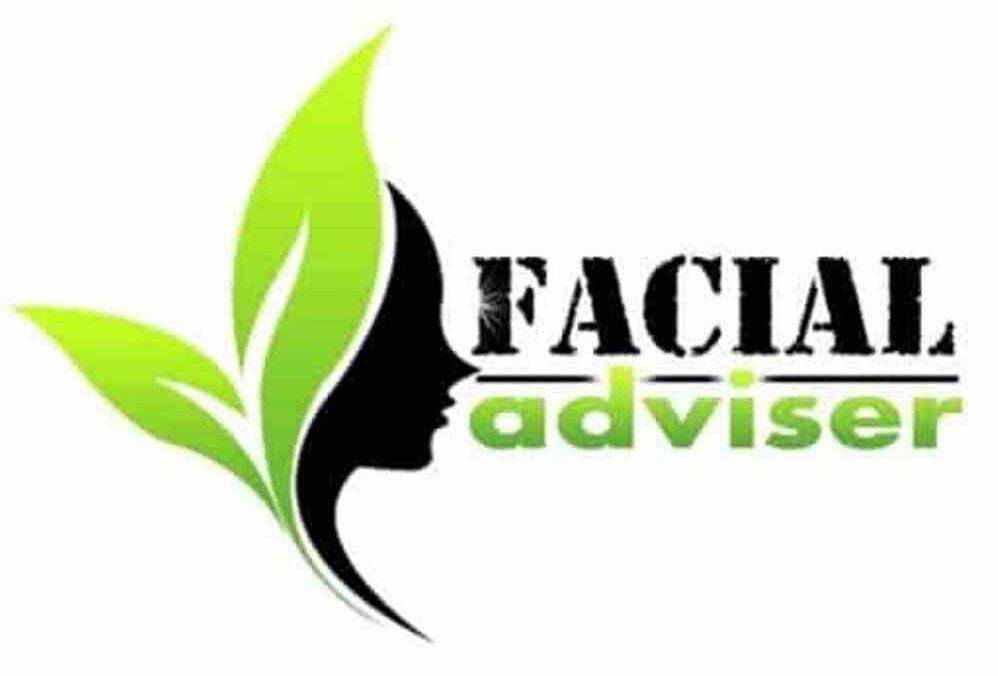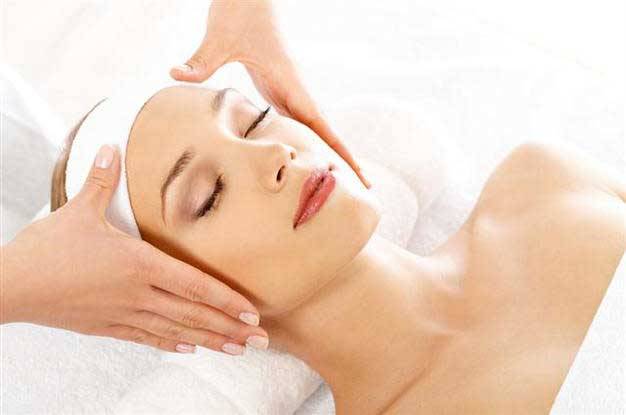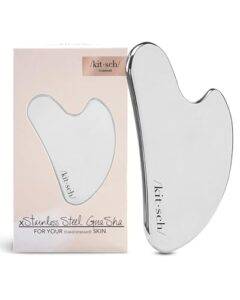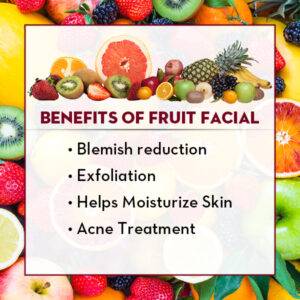This Site Is A Participant In The Amazon Services LLC Associates Program. We may earn money or products from Amazon or the companies mentioned in this post.
Facials are a popular spa treatment that can have a transformative effect on the skin. They offer a range of benefits, including deep cleansing, exfoliation, and hydration, to leave your skin looking and feeling rejuvenated. In this blog post, we’ll discuss the basic steps of all types of facials and highlight some key considerations for each step.
10-Step Facial | Step By Step Procedure Tutorial |Facial & Skincare Course | Level 2 VTCT Accredited
What Are The Basic Steps of A Facial?
Step 1: Consultation
The first step in any facial is a consultation with a skincare professional. During this consultation, the esthetician will examine the skin, ask about current skincare routine, and inquire about any allergies or sensitivities. The goal of the consultation is to determine the client’s skin type and concerns, so that the facial can be tailored to those needs.
It’s important to be honest during the consultation, as the esthetician needs to know if you have any underlying health conditions or medication use that could impact the treatment or products used. This information allows the esthetician to choose the appropriate products and techniques for the individual.
Step 2: Cleansing
The next step in a facial treatment is cleansing. The esthetician will use a gentle cleanser to remove dirt, oil, and makeup from the skin. This step is critical in ensuring that the skin is thoroughly cleaned so that the subsequent steps can work effectively.
It’s worth noting that the cleanser used may vary depending on skin type. For example, oily skin may benefit from a cleanser containing salicylic acid or benzoyl peroxide, while dry skin may require a more moisturizing cleanser.
Step 3: Exfoliation
Exfoliation is an essential step in any facial treatment. It removes dead skin cells from the surface of the skin, which can clog pores and contribute to dullness. There are two main types of exfoliants: physical and chemical.
Physical exfoliants typically contain finely ground particles such as sugar, salt, or microbeads, and work by manually scrubbing away dead skin cells. Chemical exfoliants, on the other hand, use ingredients like alpha-hydroxy acids (AHAs) or beta-hydroxy acids (BHAs) to dissolve the bonds between dead skin cells.
It’s important to note that over-exfoliation can cause irritation and damage to the skin. Therefore, your esthetician will select the appropriate type of exfoliant and recommend the frequency of use based on your skin type and concerns.
Step 4: Steam
The steam step in a facial treatment involves using warm, moist heat to open up the pores and soften the skin. This makes it easier to extract blackheads, whiteheads, and other impurities later in the treatment.
Facial steamers are often used in spas, but if one is not available, a warm towel draped over the face can achieve similar results. Steam should be used for only a few minutes at a time to prevent over-drying of the skin.
Step 5: Extraction
Extraction is a process of removing blackheads, whiteheads, and other impurities from the skin. If done correctly, this step can help reduce pore size and prevent future breakouts.
However, it’s important to note that extraction can cause discomfort and leave the skin red or even bruised. Therefore, it’s best left to a trained esthetician who knows how to perform extractions safely and effectively.
Step 6: Massage
The massage step in a facial treatment is a relaxing and rejuvenating experience. Your esthetician will use gentle massage techniques to increase circulation and stimulate lymphatic drainage in your face and neck. This helps to reduce puffiness and promote a healthy glow.
Massage also helps the skin to absorb products more effectively, so it’s an important step in any facial treatment. The type of massage used will depend on the client’s skin type and any underlying concerns.
Step 7: Mask
The mask step in a facial treatment is where the esthetician will apply a specialized mask to address the client’s specific skin concerns. There are many different types of masks available, including clay masks, sheet masks, and gel masks.
Clay masks are ideal for oily or acne-prone skin, as they can help draw out impurities and absorb excess oil. Sheet masks are perfect for providing hydration to the skin, while gel masks can soothe and calm irritated or sensitive skin.
The duration of the mask step will depend on the type of mask used, but typically ranges from 10-20 minutes.
Step 8: Moisturize and Protect
The final step in a facial treatment is to moisturize and protect the skin. Your esthetician will apply a moisturizer that suits your skin type and concerns to keep your skin hydrated and nourished. They may also apply sunscreen to protect their skin from harmful UV rays.
It’s important to note that sunscreen should be worn daily, regardless of whether you have had a facial treatment or not. Sun damage is one of the leading causes of premature aging and can also increase the risk of skin cancer. Therefore, applying sunscreen every day is an essential part of any skincare routine.
How to Do Professional Facial Step by Step?

Credit: www.kobo.com
Performing a professional facial involves several steps. Here’s a general guide:
- Cleanse: Start by removing any makeup or dirt from the skin with a gentle cleanser.
- Exfoliate: Use an exfoliating scrub to remove dead skin cells and reveal brighter, smoother skin.
- Steam: Use a steamer or hot towel to open up pores and soften skin. This will make it easier to extract impurities later on.
- Extract: Using gentle pressure, extract blackheads and whiteheads using a comedone extractor.
- Mask: Apply a face mask that suits your skin type. Leave it on for 10-15 minutes, then rinse off with warm water.
- Massage: Use a facial oil or cream to massage the face in circular motions. This will help improve circulation and relax facial muscles.
- Tone: Apply a toner to balance the pH of the skin.
- Moisturize: Finish off with a moisturizer that suits your skin type. This will help lock in moisture and keep skin soft and supple.
Remember, it’s important to use products that are appropriate for your skin type to avoid any irritation or sensitivity. It’s also a good idea to consult with a licensed esthetician or dermatologist if you have any concerns about your skin.
FAQs Related to Basic Facial Steps
Q: What is a facial?
A facial is a cosmetic treatment that involves various skin care steps to improve the appearance and health of the skin.
Q: What are the basic steps of a facial?
The basic steps of a facial include cleansing, exfoliating, steaming, extracting, masking, massaging, toning, and moisturizing.
Q: Do I need to steam my face before a facial?
It’s not necessary, but steaming can help soften your skin and pores, making it easier to extract impurities and improve penetration of products.
Q: Can I do a facial at home?
Yes, you can do a basic facial at home using the right products and tools. However, for more advanced treatments or if you have specific skin concerns, it’s best to consult with a licensed esthetician or dermatologist.
Q: How often should I get a facial?
It depends on your skin type and concerns, but most people benefit from a facial every four to six weeks to maintain optimal skin health.
Q: What should I do after a facial?
After a facial, avoid touching or picking at your skin for at least 24 hours, and avoid sun exposure and heavy makeup. Stick to a gentle skincare routine with products appropriate for your skin type.
Q: How long does a basic facial take?
A basic facial usually takes around 60-90 minutes, but it can vary depending on the specific steps involved and the individual needs of your skin.
Q: What products are used in a basic facial?
The products used in a basic facial may include cleansers, exfoliators, toners, serums, masks, moisturizers, and specialty treatments such as acne spot treatments or anti-aging creams.
Q: Is a basic facial suitable for all skin types?
Yes, a basic facial can be customized to suit different skin types, including dry, oily, combination, sensitive, or acne-prone skin. However, certain ingredients or techniques may not be suitable for everyone, so it’s important to discuss your skin concerns with your esthetician.
Q: Will a facial make my skin break out?
It’s possible that you may experience some breakouts or irritation after a facial, especially if you have sensitive or acne-prone skin. This is usually temporary and can be minimized by following proper skincare and avoiding harsh products or treatments.
Q: Can a facial help with aging?
Yes, regular facials can help improve the appearance of fine lines, wrinkles, and other signs of aging by stimulating collagen production and promoting cell turnover. However, more advanced treatments such as chemical peels or microneedling may be necessary for more significant results.
Q: How much does a basic facial cost?
The cost of a basic facial can vary depending on factors such as location, the experience of the esthetician, and the specific services included. On average, a basic facial can range from $50 to $150 or more.
Conclusion
Facials are a great way to pamper yourself and provide necessary care for your skin. In a standard facial treatment, the basic steps include consultation, cleansing, exfoliation, steam, extraction, massage, mask, and moisturization. However, there are various types of facials that address specific skin concerns, so it’s always best to consult with your esthetician to determine the right facial treatment for you.
It’s important to note that while facials can have many benefits for the skin, they should not be a substitute for a good daily skincare routine. Regular cleansing, moisturizing, and sun protection are key components of maintaining healthy skin.
Lastly, it’s worth mentioning that facials may not be suitable for everyone. People with particularly sensitive skin or certain health conditions may need to avoid certain products or techniques used in facials. It’s crucial to always communicate any health concerns with your esthetician before undergoing a facial treatment.
In conclusion, facials are a fantastic way to treat yourself and improve the overall health and appearance of your skin. With proper care and regular facials, your skin can look and feel its best. Remember to always consult with a skincare professional to determine the best course of action for your individual needs.

Amelia Varley is a professional beauty blogger and freelance writer with a passion for all things skincare, makeup, and holistic wellness. With years of experience in the beauty industry, Amelia shares expert tips, product reviews, and innovative beauty routines with her readers. Her writing is driven by a desire to empower people to look and feel their best through mindful beauty practices. When she’s not writing, Amelia enjoys experimenting with the latest beauty trends and exploring the connection between self-care and confidence.





